adamasgem
Brilliant_Rock
- Joined
- May 23, 2003
- Messages
- 1,338
I ran the file through DC to get an STL file tht I can play with in my software, and I wasn''t very impressed with the crown regarding meet point faceteing. Perhaps if the scan is used to determine symmetry, that might wide up with a "good" Do you have the original SRN file. Is the girdle bruted on this stone?.Date: 1/31/2007 1:25:18 AM
Author: Garry H (Cut Nut)
Here is its Sarin scanned .gem model.
There is a lower girdle facet error in the scan - the LG''s were longer than as represented - at the time there was a glitch - something i think to do with naming of lgf length and LGF depth.
The original scan date is sept 2002.
The normals to the girdle STLS were all over the place, and I couldn''t reconstruct, with my current girdle normals algorithm limits, a contiguous isolated girdle profile...(I arbitrarily call a facet a "girdle facet" if the normals to the plane are parallel to the table reference within 5 degrees.. Seems I have to rethink that issue, given the tilted table complexity.) I''ll up it to a 10 degree tolerance..
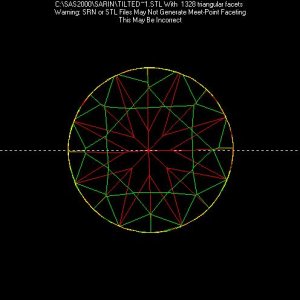


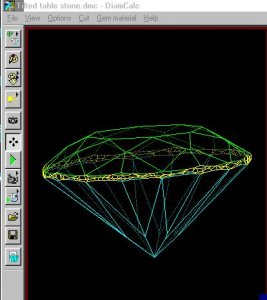


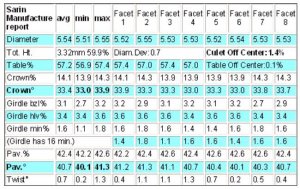
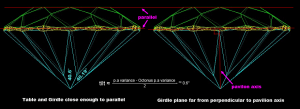



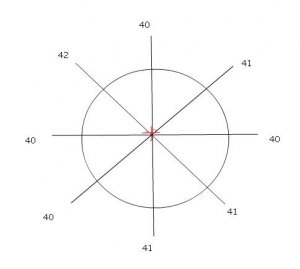

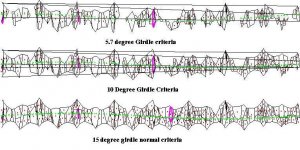


300x240.png)